Guess what? Long unburnt box ironbark environments are more likely to recover from drought stress than ones which have been recently burned!
This is one of the findings of the ‘Either side of the Big Wet’ research project, the gloomy findings of which were outlined at the Arthur Rylah Institute last Monday.
The project was designed to measure how environments responded to the millennium drought [1997-2010], and their resilience [how they recovered] during the wet years [2010-2011] and after [to 2016]. The findings were pretty depressing, but for those prepared to look, there are lessons in them for land managers.
The research area included 120 transects across the Box Ironbark region from St Arnaud eastwards towards Rushworth, and four important sections of the Murray floodplain from Chowilla in the west to Barmah in the west. ‘Resilience’ was defined as the ability of species to recover after stress.
Monday’s presentations were necessarily heavily statistical in emphasis, but they can be brutally summarised as follows:
–Most bird species were found in fewer transects and were less abundant in 2016 compared to 1997, in spite of a partial recovery in the wet years 2010-2011.
–Plains amphibians were doing even worse, with ‘little evidence of breeding activity’.
–Box ironbark vegetation showed decreases in litter, large trees and higher shrubs and increases in dead saplings and hollows. The wet years weren’t enough to arrest the decline. Sites surrounded by woodlands declined more during the drought, but recovered better. Significantly [from FOBIF’s point of view] vegetation showed higher resilience in long unburnt areas.
–On floodplain vegetation, it was found that the proportion of woodland classified as ‘good’ declined from 60% to 28% over the period. It seems that ‘big wet’ years between droughts are not enough to arrest declines.
Overall, the research seemed to conclude that the legacy of big droughts lives on, that short wet periods don’t bring full recovery, and what recovery they do bring is eroded by subsequent dry spells.
Further, the area in question faces pressure from climate change and expanding human populations, with consequent exploitation of water resources and land for residences.
The project was conducted by researchers from Melbourne and Canberra universities and the ARI.

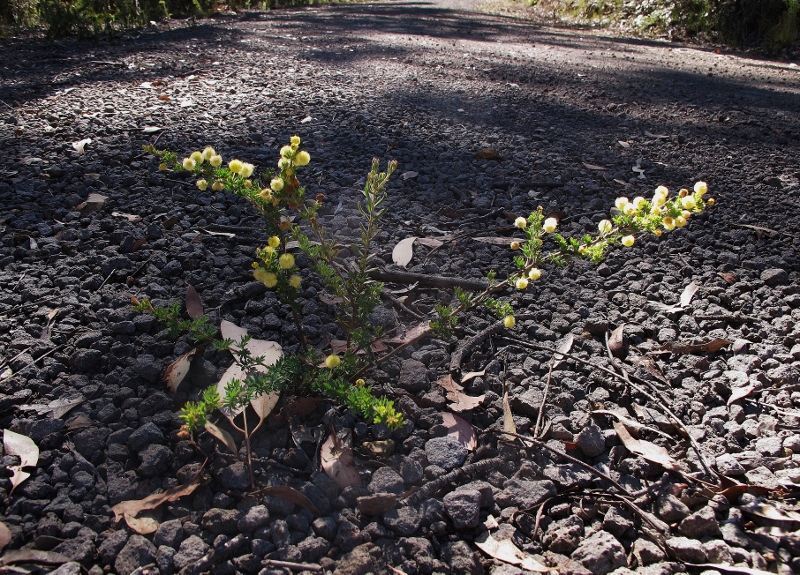
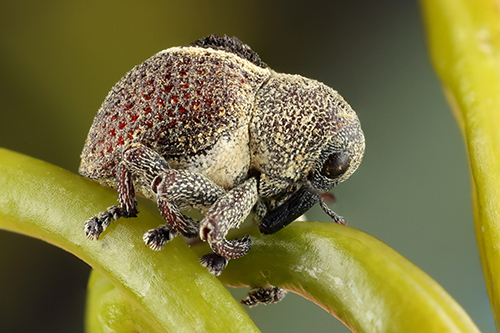
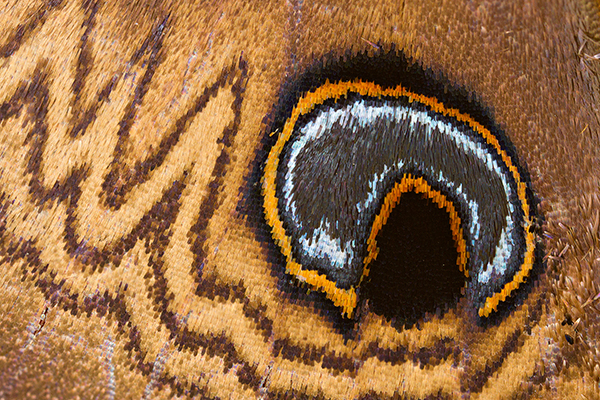
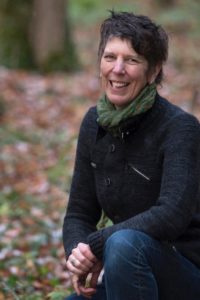
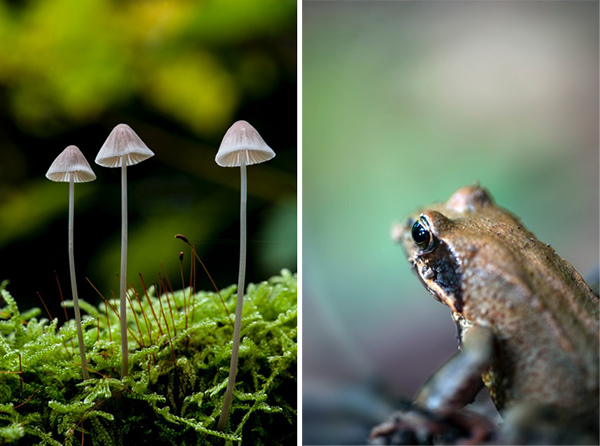
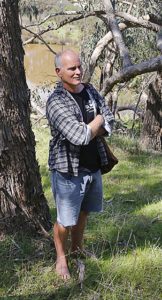
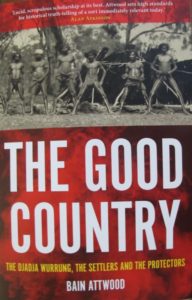



 Click on image for info/order page
Click on image for info/order page Click on image for info/order page
Click on image for info/order page Click on image for info/order page
Click on image for info/order page




















